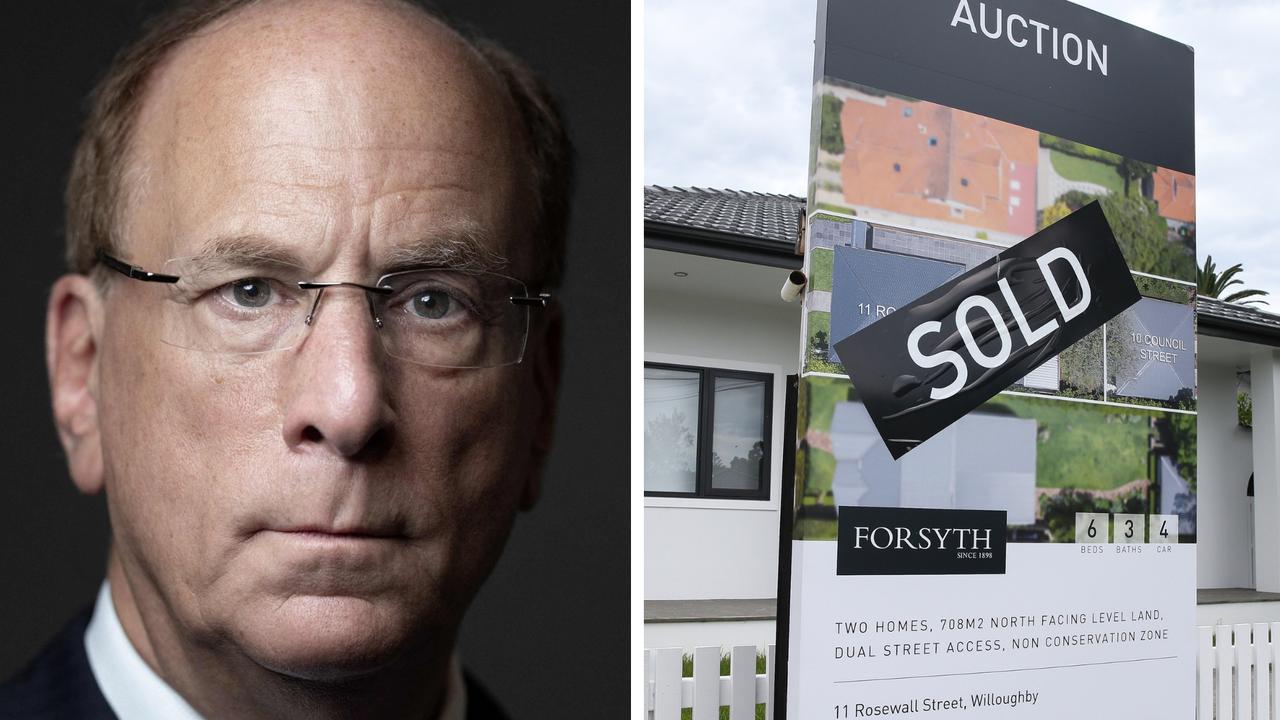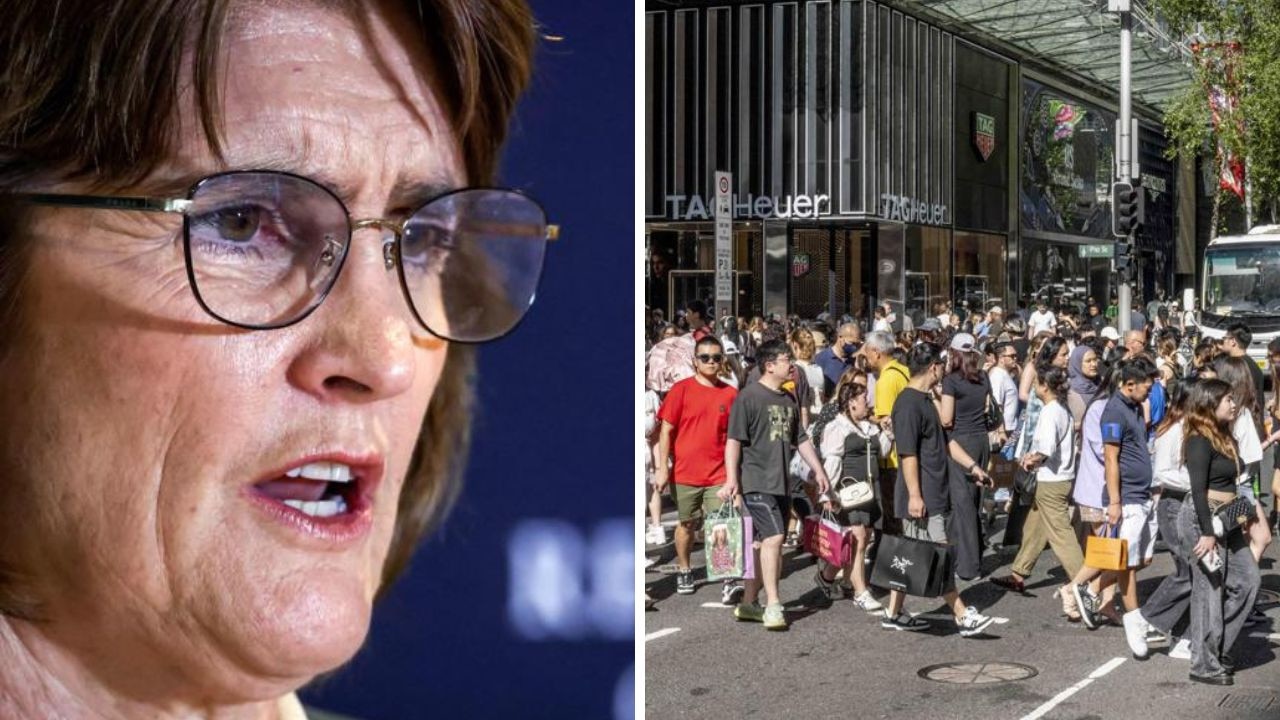Top 10 suburbs set to face highest mortgage stress after rate hike
Today’s cash rate hike is set to hit areas in Australia’s biggest cities and a number of regional hot spots across NSW.
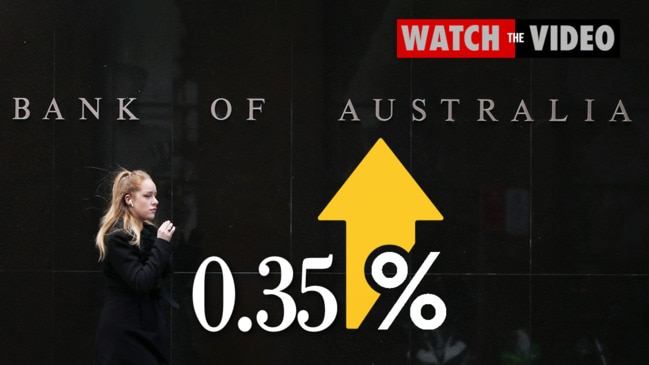
Interest Rates
Don't miss out on the headlines from Interest Rates. Followed categories will be added to My News.
Homeowners in NSW and Victoria are set to be hit hardest by the RBA’s historic cash rate hike, with affluent suburbs expected to take a pummelling as interest rates surge.
Finder compared average monthly mortgage repayments with monthly household incomes for suburbs across Australia to determine the top 10 mortgage stress suburbs.
The comparison website’s analysis found homeowners in Sydney’s Darlington have the highest potential for mortgage stress, with the average home loan repayment making up 105% of the average household income.
Blairgowrie (88 per cent), a seaside town south of Melbourne’s CBD, and Mullumbimby (85 per cent) near Byron Bay are also expected to see similar pressure with repayments making up a considerable portion of the average monthly income.
The chart calculated each suburb’s average property price based on recent sales of both houses and units. Suburbs in the top 20 per cent of household income were also excluded from the list.
The study has some limitations, like being unable to discern the amount of homes within a suburb that aren't owned by locals and higher rates of retirees affecting income data.
The data also uses household income figures recorded six years ago from the 2016 Census.
The full list of the hardest-hit suburbs can be viewed below.
Top 10 mortgage stress suburbs in Australia according to Finder. pic.twitter.com/2P5TWZXVgQ
— Cameron Kusher (@cmkusher) May 1, 2022
Social housing advocacy group Everybody’s Home surveyed more than 52,000 households across Australia to determine which suburbs were most at risk of falling behind in mortgage repayments.
It found the Labor seat of Chifley in Sydney, which includes Mount Druitt and Rooty Hill, recorded 73.6 per cent of households in stress.
The more affluent electorate of Mitchell, currently held by the Liberal Party, which includes the suburbs Baulkham Hills and Winston Hills, has a high rate of stress with 73 per cent impacted.
Over in southern Sydney, 70 per cent of mortgage holders in the Labor seat of Barton, which covers Rockdale and Hurstville, are also in mortgage stress.
Financial stress was defined as having less than 5 per cent of income left over after expenses.
Australia hit with historic rate rise
The RBA announcement marks the first rate rise in 11 years – since November 2010 – and is a desperate attempt to clamp down on skyrocketing inflation, which has reached an annual rate of 5.1 per cent and has sent prices climbing at the fastest rate in two decades.
While a rate rise was widely expected, most experts predicted a far more modest increase of 15 basis points.
St Vincent de Paul Society National President Claire Victory criticised the fact the lowest earning Australians had taken yet another hit in the lead-up to the Federal Election.
“Today’s rate rise will be another kick in the teeth for Australians living in poverty, who are already stretching every dollar to its limit,” Ms Victory said.
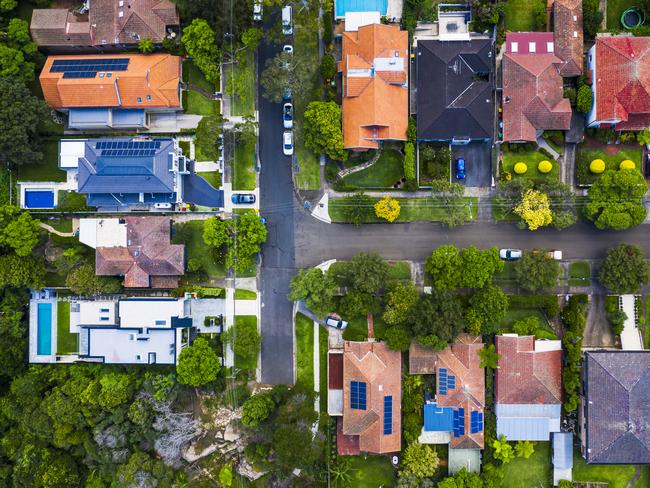
“The surging cost-of-living, shortage of affordable housing, increasingly insecure work and stagnant wages are making it all-but impossible for a growing number of Australians to survive.”
The ALP wasted no time in sticking the boot into the Prime Minister after the announcement on Tuesday afternoon.
“It was hard enough to make ends meet under Scott Morrison and today it got even harder for millions of Australians,” Labor leader Anthony Albanese and Shadow Treasurer Jim Chalmers said in a joint press release.
“Even before today’s decision Australians were facing a full-blown costs of living crisis on his watch.
“Scott Morrison’s economic credibility was already in tatters, now it’s completely shredded.”
While a rate rise to 0.25 per cent is relatively minor, economists believe the RBA won’t stop there, with some experts predicting interest rates will rise to 2.5 per cent by the end of 2022.
In fact, senior economist at Nomura Australia and rate strategist Andrew Ticehurst recently told The Daily Telegraph they believe the interest rate will be increased monthly until December, meaning we could be in for a rate rise every month until Christmas.
According to comparison site Rate City, a rate rise to 0.25 per cent would translate to repayments jumping by $39 for the average owner-occupier with a $500,000 debt and 25 years remaining – a figure which will soar to $511 per month if the cash rate continues to rise to 2 per cent, as predicted.
Rate City research director Sally Tindall said borrowers “should be aware the RBA is not going to stop at just one hike”.
“The RBA is likely to lift the cash rate multiple times over the next six to 12 months as it works to bring inflation back under control,” she explained.
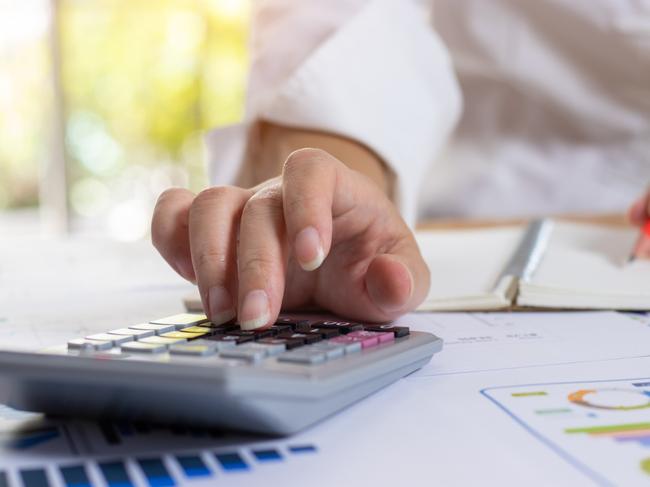
“If the cash rate gets to 2 per cent by May next year, then someone with $500,000 owing on their loan today and 25 years remaining could be looking at a total increase to their monthly repayments of $511.
“That’s going to be a lot for many borrowers to swallow, particularly anyone already struggling to make the monthly budget add up.
“Variable rate borrowers don’t have to take these RBA hikes lying down. If you haven’t given your mortgage a health check recently, now’s the time to do so.”
Originally published as Top 10 suburbs set to face highest mortgage stress after rate hike

